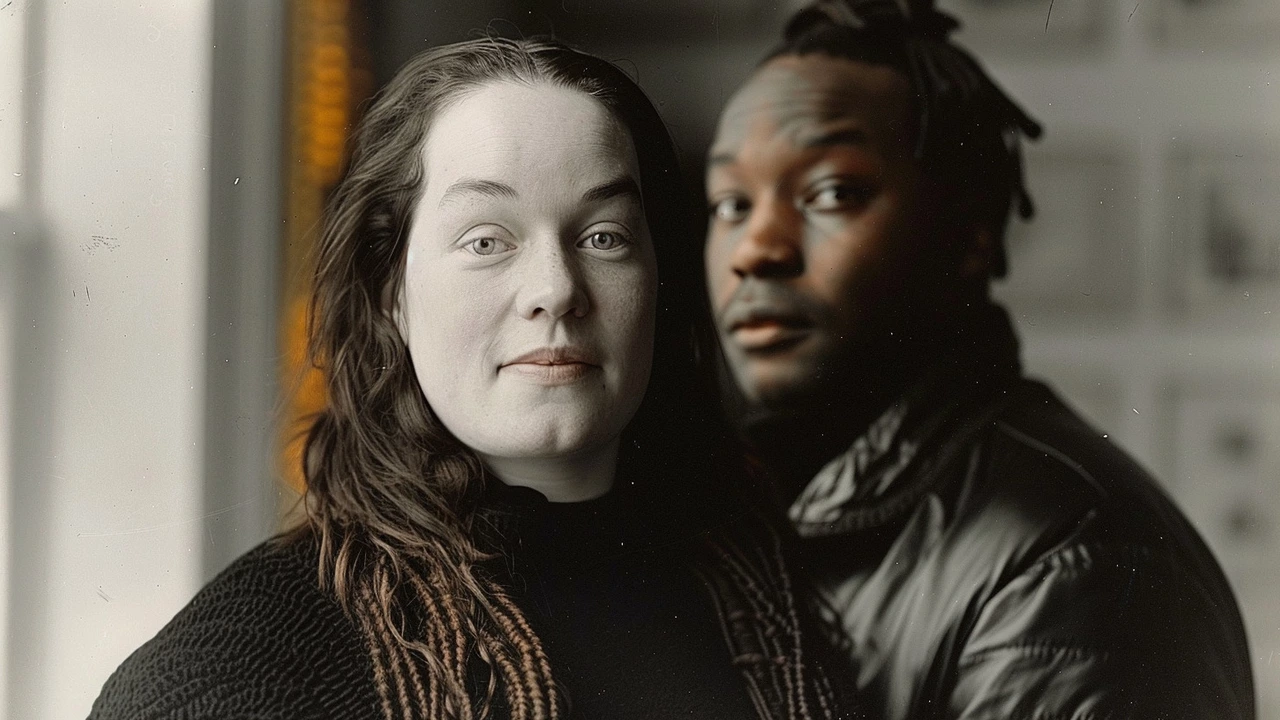Baby Death in Motorsports: Why Safety for the Young Matters
If you’ve ever watched a race and wondered how a sport that screams speed can protect the most vulnerable, you’re not alone. A few high‑profile incidents involving children—sometimes called "baby deaths" in news headlines—have forced the industry to tighten safety rules. This article breaks down what went wrong, how the sport responded, and what you can do to keep kids safe around racing environments.
What Triggers a Baby‑Related Tragedy?
Most baby deaths linked to motorsports aren’t caused by the cars themselves. They happen off‑track, during events that draw large crowds, like parking lot accidents, inadequate barriers, or stray debris. In one well‑known case, a toddler was hit by a vehicle in a pit lane that didn’t have a clear pedestrian path. Another involved a child who fell from a temporary grandstand that didn’t meet local safety codes.
These stories share a common thread: a lack of dedicated child‑focused safety zones. When families bring kids to a race, they’re often excited, not aware that the venue’s layout was designed for adult spectators. That gap creates real danger.
How the Industry Has Responded
Racing bodies quickly rolled out new guidelines. Most circuits now require:
- Separate family areas with shade, seating, and sturdy railings.
- Clear signage that warns of moving vehicles in pit lanes.
- Mandatory child safety briefings for staff during large events.
- Restricted access to high‑speed zones for anyone under 12.
Teams also play a part. Many now sponsor “Kids Safety Days” where they teach basic road safety, let kids sit in a stationary car, and explain why helmets matter. These programs turn a scary headline into a learning moment.
Finally, technology is stepping in. Sensors on barriers can alert officials if a child wanders too close, and drones patrol crowded sections to spot trouble faster.
All these steps have reduced the number of incidents dramatically. In the past five years, major series report zero baby‑related fatalities, proving that proactive measures work.
So, what does this mean for you? If you’re planning to bring a child to a race, check the venue’s family policy first. Look for marked family zones, ask staff about child‑only pathways, and always keep an eye on your little one—especially near pit lanes or temporary structures.
Motorsport’s thrill doesn’t have to come at the cost of safety. By staying informed and demanding proper safeguards, you help keep the sport exciting for everyone—big and small.

Discharged Jury in Constance Marten and Mark Gordon Trial over Baby's Death Sparks Public Outcry
The jury in the high-profile case of Constance Marten and Mark Gordon, accused of the death of their newborn daughter, was discharged after extensive deliberations. The case captured national attention after the couple went on the run in December 2022. The trial's future remains uncertain, with a hearing set to discuss a potential retrial.